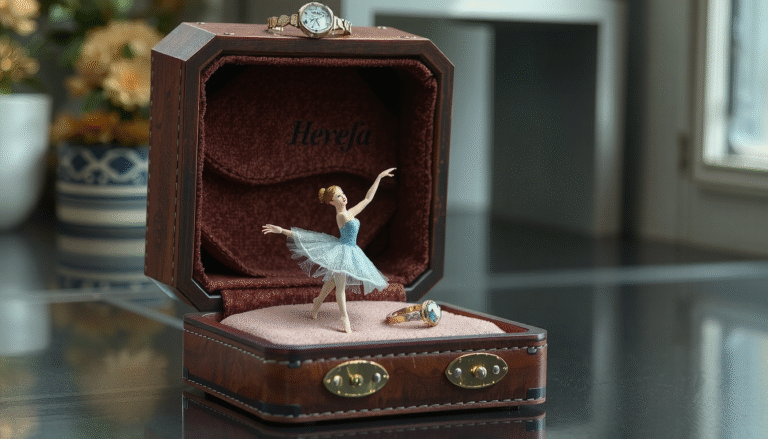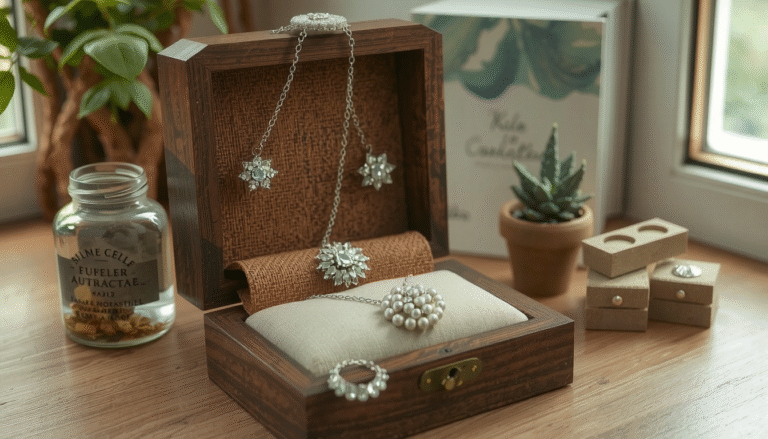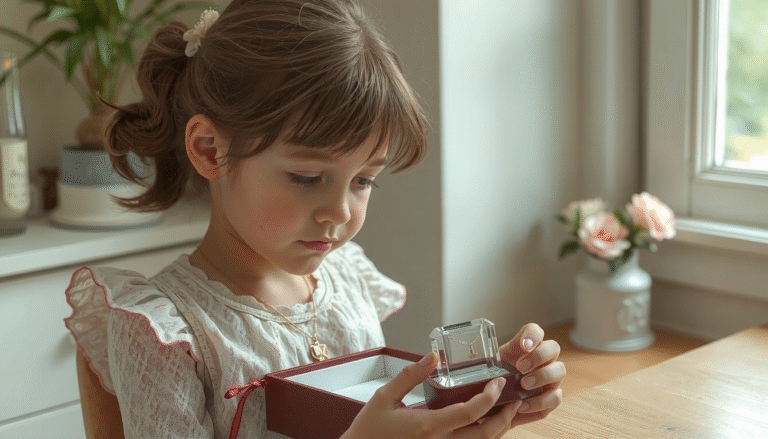Introduction: Beyond Storage – The Art and Soul of a Custom Jewelry Box
Much more than an ordinary box, a jewelry box can be customized. It protects your most cherished pieces, reflects your personal style, and keeps your memories.
This box is not just an organizer. For people, it is a family heirloom that means a lot to them. For a company, it represents your brand and offers customers their first tangible experience of your work.
Protection counts, but so does how the box appears and holds up. The personalized jewelry box is where the story of your gift or brand journey begins.
Step 1: Defining Your Vision – The Foundation of Your Custom Box
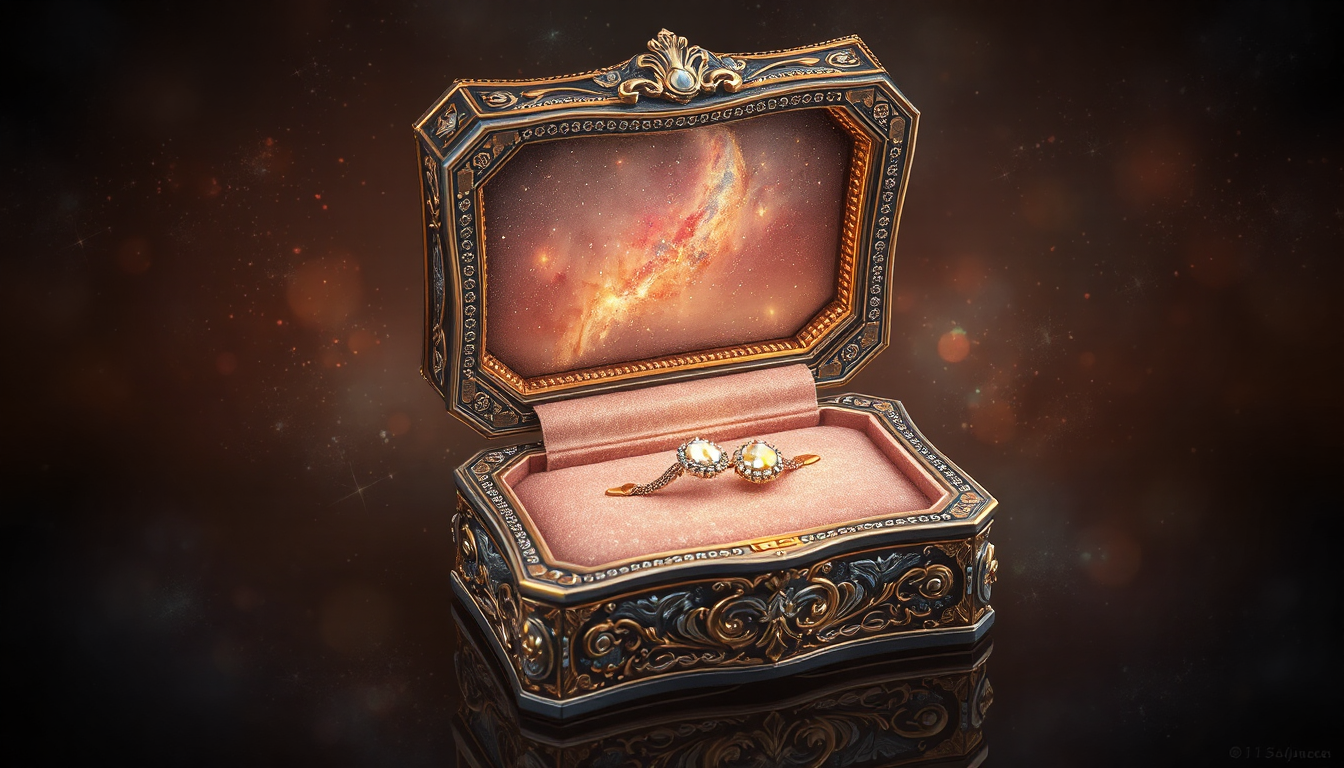
Before you think about materials, you need to know your why. A strong vision results in a box that’s not simply pretty, but perfectly suited for what you need.
Answer a few important questions right up front to steer all your later decisions. It’s a time-saver, and you get what you want.
This discipline keeps you focused on the why of the box before its what. And here, briefly, is a guide to the basics of common thoughts.
| Consideration | Personal Gift | Business Packaging |
| Primary Goal | Sentimental value, daily use, protecting heirlooms. | Brand impression, customer loyalty, secure shipping. |
| Key Design Focus | Personal aesthetics, recipient’s style, specific jewelry collection. | Logo visibility, brand colors, unboxing experience. |
| Material Vibe | Timeless, warm, tactile (e.g., solid wood, leather). | Professional, consistent, brand-aligned (e.g., rigid board, velvet). |
| Budget Considerations | Often a one-time investment; quality and longevity are key. | Cost per unit is critical, balancing quality with scalability. |
For Personal Use: An Heirloom in the Making
As you create a box for yourself or for someone you care about, consider these personal questions.
-
Who is it for? Is this for yourself, as a gift for your daughter’s graduation, or for your wife? Your response will determine the look of the box.
-
What jewelry will go inside?Thin chains require different spaces than large rings, watches or statement earrings. Consider dividers, cushions and hooks.
-
Where will the box sit? Its box must coordinate with its environment as well. A sleek box is appropriate in a modern room; a box in dark wood better fits a classic space.
For Your Business: Crafting an Unforgettable Unboxing Experience
For jewelry brands, the box is what sells your product quietly.” It’s the last part of a sale and begins a lasting relationship with your customer.
-
What is your brand like? Are you modern and unassuming or lush and fancy? Earth-friendly, or bright and artistic? Your brand values need to be right there on the box.
-
How will the box protect jewelry during shipping? It has to be sturdy for shipping, and it also has to look good. Consider solid infrastructure and safety inserts.
-
Does it need to be affordable to make many?That cost per box when you are trying to grow is a lot. You need to design one that looks good, but that can be produced in greater quantities.
This final touchpoint makes a huge impact. As research shows, understanding the power of the unboxing experience helps build value and creates loyal customers long after they buy.
Step 2: Choosing Your Canvas – A Deep Dive into Materials and Styles
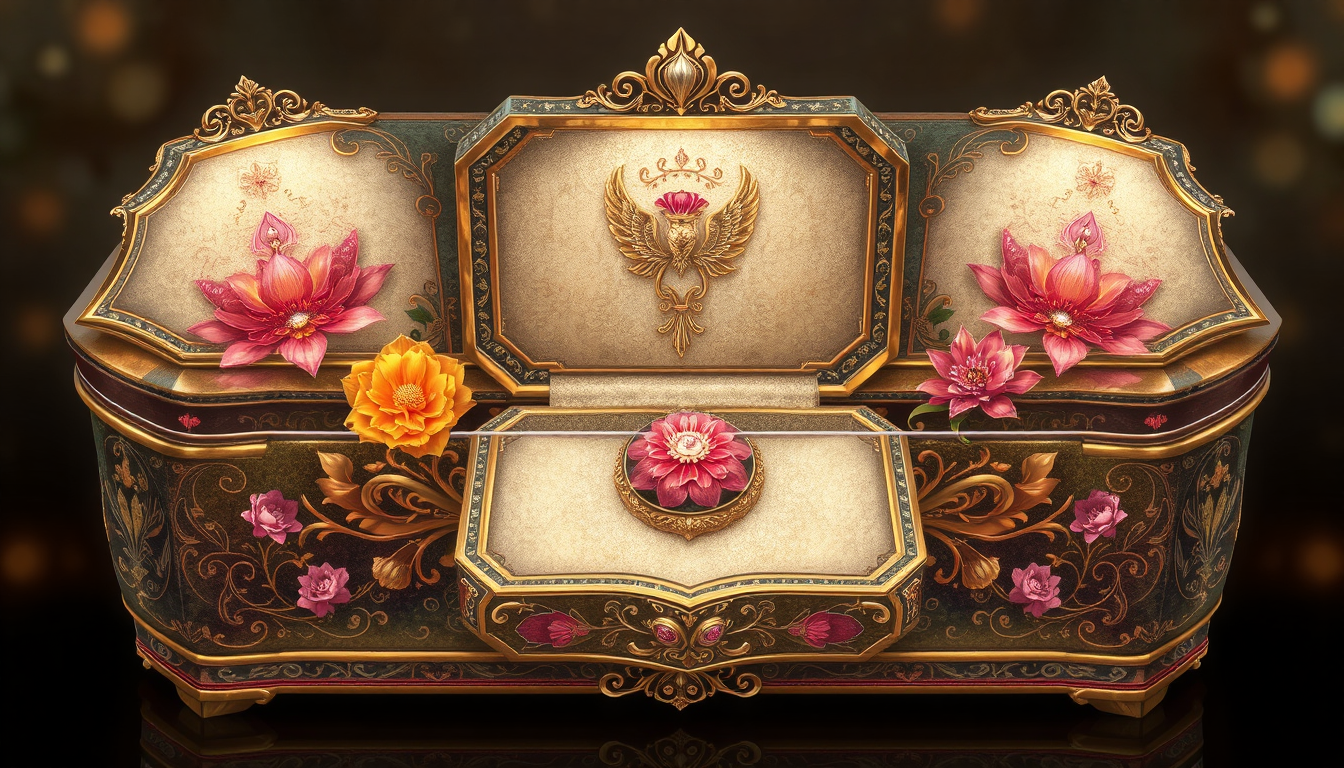
The fabric you choose is the soul of your custom jewelry box. It establishes the look, the feel, the weight and the general impression. Each one will kickstart your design with a different starting point.
The Material Palette: From Classic to Contemporary
We design products that look nice, feel solid, and are perfectly suited for their task. Here are the popular choices of ours.
-
Wood (e.g., Walnut, Oak, Maple): A total go to every time. Wood is timeless and is great for the finer details on a laser engraving. Dark walnut feels luxurious and light maple looks clean and modern. We recommend using wood from sustainable forests, and with FSC certificate to contribute to the prevention of the environment.
-
Leather/Faux Leather: How luxurious and voyaging! Leather box; rich feel in touch, long last years. This one is perfect for watch cases or travel rolls. You’ll find artificial leathers now in all sorts of colors and textures, even if you wouldn’t have been caught dead in vinyl in the past it’s a cruelty-free option for something elegant.
-
Premium Paperboard/Rigid Boxes: Ideal for retail and gift boxes. It’s more than just cardboard; high-density rigid board generates strong boxes with crisp edges. You can print colors and foils or textured it for branding, so they are super flexible in any case for the branding.
-
Velvet/Suede: They feel fancy and plush. Frequently deployed as an outer wrap or inner lining, velvet demonstrates that what’s inside is precious. It prevents dainty jewelry from being scratched, and it adds the element of celebration to opening the box.
-
Acrylic/Glass: Perfect for modern styles. These materials display your jewelry like a work of art. An acrylic box feels clear and contemporary. Bear in mind that it does show fingerprints and it is more prone to breaking than other options.
Structural Styles: Finding the Right Form for Your Function
The box-like structure determines the way it opens and operates. The shape should be as per what you want it to do.
-
Lift-Off Lid Box: The traditional two-piece set up. Simple, elegant, and timeless. It builds anticipation as the hatch unfolds.
-
Hinged Box: A single piece design with a hinge, sometimes employing magnets or a clasp to keep it shut. It’s a style that feels solid and fixed, like a little treasure chest.
-
Drawer-Style Box: The inner tray is pulled out from an outer sleeve. This provides a clean, modern reveal and accommodates stacking (as seen below) or seamlessly fitting into larger storage systems.
-
Travel Rolls & Cases:Designed specifically for the transport of jewelry. These feature secure closures such as snaps and ties and special compartments — think straps for rings and pouches for bracelets — to keep everything safe while traveling.
Step 3: The Art of Personalization – Making It Uniquely Yours
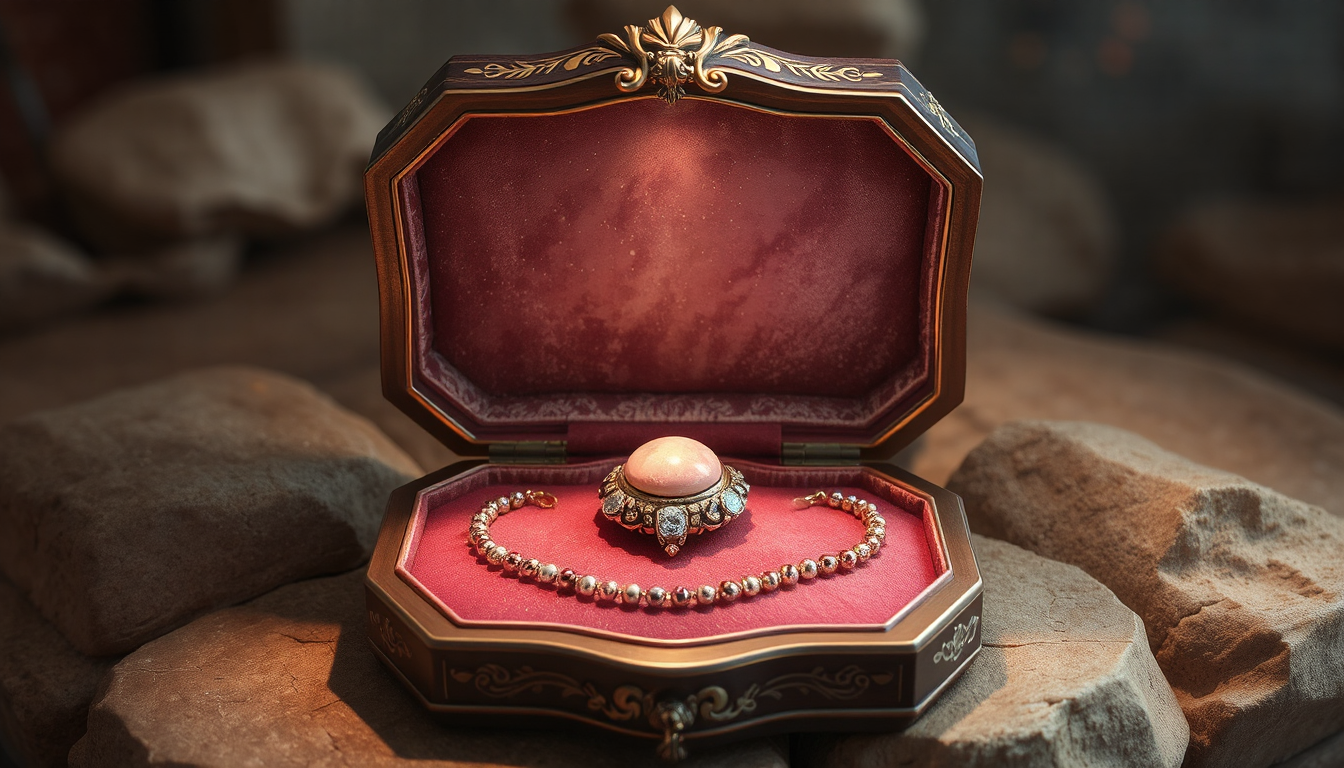
This is when a box is no longer a box, but a box and something else. Personalization injects details that say something, the best among them tell a story, share a message or build your brand.
It’s all about picking details that matter. Even picture the brain-pleasing loveliness of a custom monogram pressed into a leather one — an extra something that suggests quality and effort.
Personalization Techniques and Ideas
Each method yields a distinctive look and is most effective with certain materials and objectives.
-
Laser Engraving: Produces sharp, clean, long lasting designs. It’s great for detailed work, names, dates, and even poetry faceplates, and wood surfaces. The accuracy making it perfect for fine details.
-
Hot Foil Stamping: Great for metallic color on the entire design. This presses the thin metal foil — typically gold, silver or rose gold — onto the surface using heat and pressure. It’s perfect for logos and monograms that demand to be emphasized in luxury.
-
Full-Color Printing: Abbreviation of process full-color lithography which provides endless visual options and is typically printed on paperboard boxes. This enables you to surround the entire box with brand patterns, vivid images, or even photos, making for a complete brand experience.
-
Debossing/Embossing: Creates subtle 3D effects. Debossing presses a design into the material, while embossing raises it. This feel gives off an effect of peace and elegance and looks great on leather, fake leather and thick paper.
Designing the Interior: A Place for Everything
What’s on the inside of the box is as important as what appears on the outside. A good interior not only looks good but also protects your jewelry.
Custom-fit inserts, in plush velvet, smooth satin or precision-cut foam, are essential. They prevent pieces from moving, tangling and scratching each other.
Think about making spaces for specific items: soft rolls for rings, small hooks for necklaces, and divided sections for earrings or cufflinks. This organization is vital to proper jewelry storage, helping prevent damage, scratches, and tarnish that experts warn against. A thoughtful interior shows you really care about the jewelry it will hold.
Step 4: From Concept to Creation – The Process of Ordering Your Box
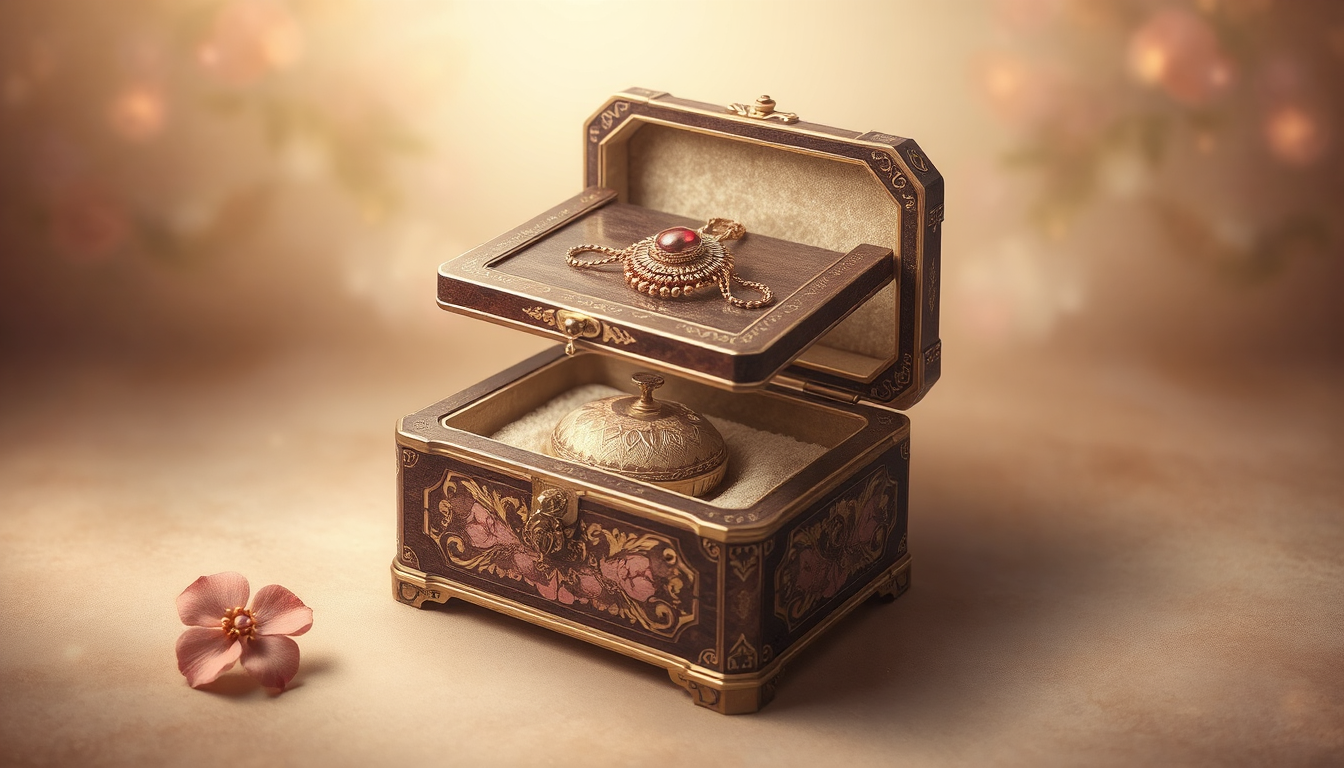
Creating your vision takes teamwork. Whether you are collaborating with a small artist or a big manufacturer, knowing the logistic steps is key to a smooth experience.
A 5-Step Guide to Bringing Your Box to Life
Here’s the usual path from the idea to the finished product.
-
Research & Selection: Step No. 1: Identify the best partner. An Etsy artist may work for one wooden box. For many branded boxes, a full-service manufacturer is a better option. Consider their prior work and whale specialty.
-
Consultation & Quoting: Tell us about your dreams. Let them know what you need the bags for, and what materials, size, and quantity you are looking for. The provider will assist you with refining your idea and quote you a price. You might want to inquire about minimum order quantities from businesses.
-
Design & Proofing: Once pricing is settled, you’ll submit your art (a logo for instance). A digital mock-up of what your design will look like on the box will be produced by the manufacturer. Read this thing carefully before they go and make it.
-
Production:Once you’ve given the OK on your design, your box is put into production. That’s when you wait for your one-of-a-kind puzzle to be created, printed and assembled. The time is dependent on the complexity and degree of staining.
-
Delivery & Unboxing: Everyone loves the last step! You receive your personalized boxes and they are ready to be gifted or create a memorable unboxing experience for your customers.
Key Questions to Ask Your Provider
To avoid surprises, you should ask these crucial questions ahead of time.
-
What are your MOQ (minimum order quantity)?
-
How much time does production and shipping ususally take?
-
May I have a sample before I place an order9 How much for the sample?
-
What type and resolution of art files are you looking for?
-
Is there a fee for things like die-lines or foil stamps?
FAQ:
-
What are the best materials for a custom jewelry box in 2025?
Wood (walnut and oak or maple), leather, finest paperboard, velvet and acrylic are few of the widely-used materials. Each gives unique features – wood for it’s strength and engraving, leather for it’s luxury feel and acrylic for it’s modern look to any room. -
How much does a custom jewelry box typically cost?
Prices for a personalized jewellery box can vary dramatically depending on the materials used, the size and the level of personalisation. 50-300+, while business style custom boxes may run 5-50 per, that is qty sensitive. -
What personalization techniques work best for custom jewelry boxes?
Laser engraving is great for intricate artwork, hot foil stamping provides luxury metallic decoration, full color printing > unlimited vivid colors, embossing / debossing brings out three-dimensional visual effects. -
How do I design a custom jewelry box for business packaging?
Consider the brand consistency, logo visibility, and unboxing experience. -Brand identity -Shipping protection -Cost per unit and scalability The box also should represent who you, as a brand, are. -
What’s the typical production timeline for a custom jewelry box?
Production lead times are usually somewhere between 2 to 8 weeks, depending on how complex the product is, the amount, material and if your working with a small artisan or large manufacturer. When including 2025 projects in your planning, always factor in shipping time.


